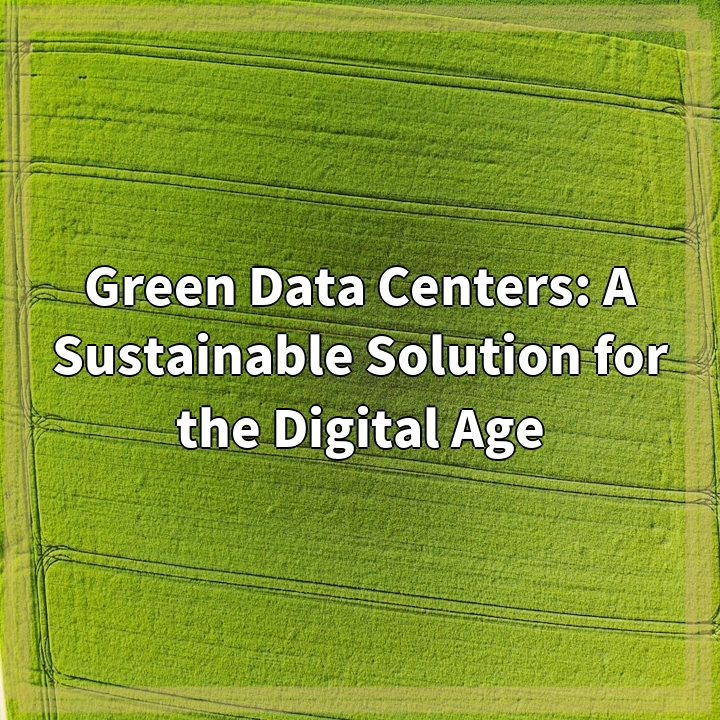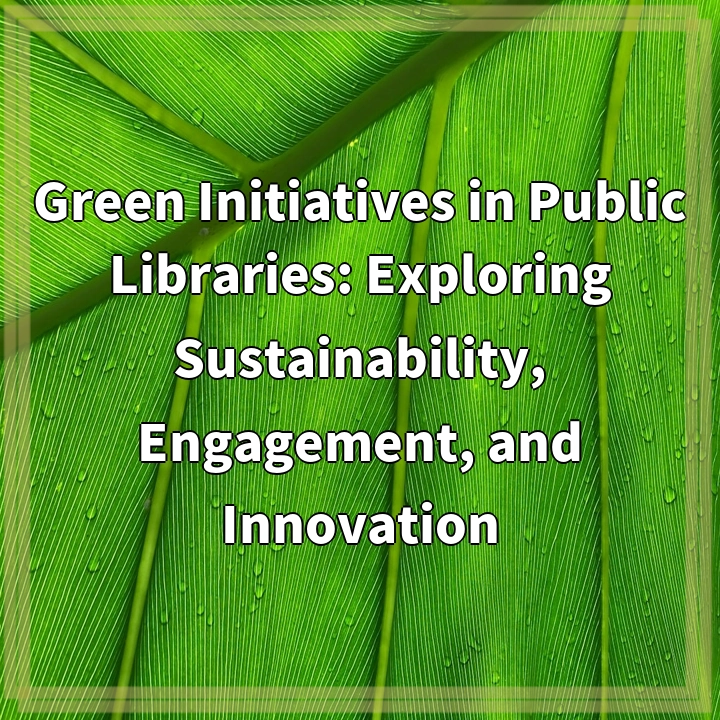
What are Green Initiatives in Local Government?
Green initiatives in local government refer to efforts and policies implemented by local authorities to promote sustainability and environmental conservation within their communities. These initiatives aim to address various environmental challenges and contribute to a greener and more sustainable future.
Real-World Problems Associated with Green Initiatives in Local Government
While green initiatives in local government are commendable, they do face some challenges and hurdles that need to be addressed for effective implementation and success. Some of the real-world problems associated with these initiatives include:
Limited Resources and Funding
One of the major challenges faced by local governments is the limited availability of resources and funding for implementing sustainable initiatives. Green projects often require significant investments, which can strain the budgets of cash-strapped municipalities.
Lack of Awareness and Understanding
Another obstacle encountered is the lack of awareness and understanding among community members regarding the importance and benefits of green initiatives. This can hinder support and participation from the public, making it difficult to implement and sustain these initiatives effectively.
Resistance to Change
Resistance to change is a common problem when implementing new policies or initiatives, including green initiatives. Some individuals or businesses may resist altering their practices or adopting sustainable technologies due to concerns about costs, convenience, or fear of change.
Political Pressures and Priorities
Local governments often face political pressures and competing priorities that can impact the implementation of green initiatives. In some cases, short-term political goals or economic considerations might take precedence over long-term environmental considerations.
Infrastructure Limitations
The existing infrastructure in many localities may not be suitable for accommodating or supporting new green technologies or initiatives. Retrofitting buildings or upgrading infrastructure can be costly and time-consuming, posing challenges for their implementation.
Measuring and Monitoring Progress
Ensuring the effectiveness and impact of green initiatives requires proper measurement and monitoring. However, tracking and evaluating progress can be challenging without robust data collection systems and methodologies in place.
Conclusion
Despite the challenges faced, green initiatives in local government play a vital role in driving sustainability at the local level. By recognizing and addressing these real-world problems, local governments can improve their efforts to create greener and more sustainable communities.

Solutions for Overcoming Challenges in Green Initiatives
While the challenges associated with green initiatives in local government are significant, there are several solutions that can help overcome these obstacles and drive sustainability at the local level:
Securing Additional Resources and Funding
Local governments can explore various avenues to secure additional resources and funding for their green initiatives. This can include applying for grants, seeking partnerships with private companies, or reallocating budgets to prioritize sustainability projects.
Increasing Public Awareness and Engagement
Efforts should be made to educate and inform the public about the benefits of green initiatives. Local governments can launch awareness campaigns, host community events, and partner with schools and organizations to increase engagement and participation.
Addressing Concerns and Encouraging Adoption
To counter resistance to change, local governments can address concerns about costs and convenience by providing incentives or tax benefits for adopting sustainable practices. Demonstrating the long-term benefits and showcasing successful case studies can also help encourage wider adoption.
Balancing Political Priorities
Local governments should strive to align green initiatives with local political priorities, emphasizing the potential economic benefits of sustainability. Building coalitions and fostering cross-party support can help overcome political obstacles and ensure the continuity of these initiatives.
Investing in Infrastructure Upgrades
Local governments can allocate funds towards upgrading infrastructure to accommodate green technologies. This can involve retrofitting buildings for energy efficiency, investing in renewable energy infrastructure, and improving public transportation networks.
Implementing Effective Monitoring Systems
Developing robust data collection and monitoring systems is essential to measure the progress and impact of green initiatives. Local governments should invest in technologies and methodologies to track and report on key sustainability indicators, enabling informed decision-making and evaluation of the initiatives’ effectiveness.
Conclusion
By implementing these solutions, local governments can overcome the challenges associated with green initiatives and drive sustainability at the local level. Collaborative efforts, community engagement, and innovative approaches are key to creating greener and more sustainable communities.















